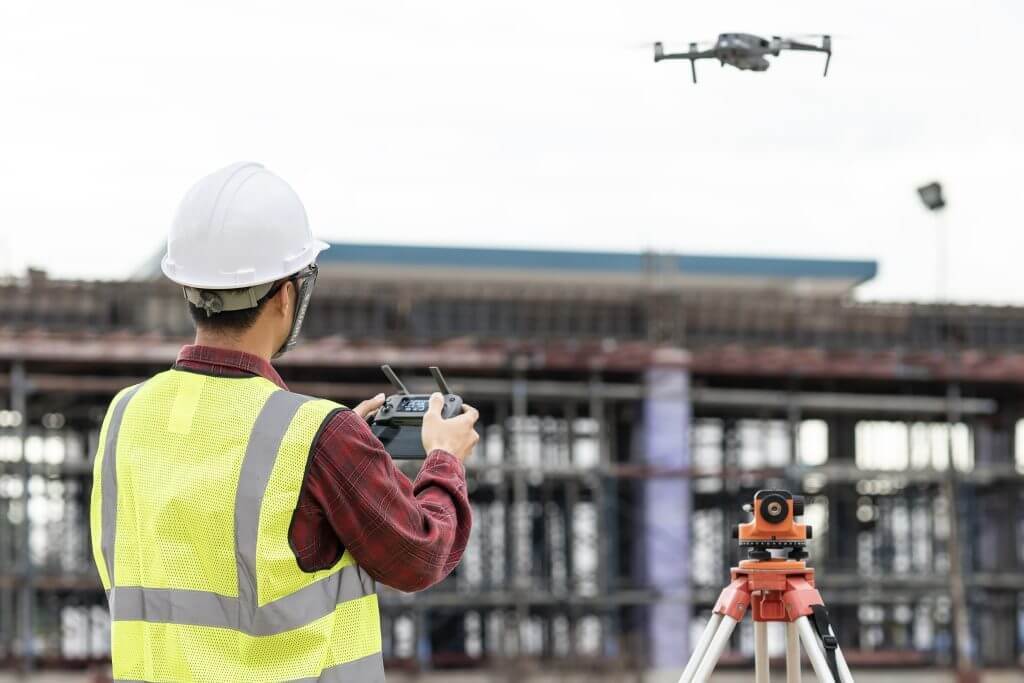Drone crashes are rare, but when they happen, they happen fast.
And in those moments, the only thing more important than having coverage is knowing what to do next.
In this post, we’ll walk you through how to respond to a drone insurance claim the right way, so you can recover quickly, get paid promptly, and protect your business reputation.
Step 1: Stay Calm and Get to Safety
First things first: make sure everyone is safe.
- If your drone hit property or a person, check for injuries
- Notify local authorities if required by law
- Secure the crash site if possible (don’t move evidence unnecessarily)
If you’re on a job site, notify your point of contact immediately.
Step 2: Document the Incident
Take photos and video of:
- The crash site
- Damage to the drone
- Any third-party property damage or injuries
- Surrounding conditions (weather, terrain, obstacles)
Why it matters:
- Your claim will be reviewed by an adjuster who wasn’t there
- Clear documentation builds credibility and speeds up processing
Step 3: Notify Your Broker or Carrier Right Away
This is where working with a drone-savvy broker (like BWI) makes all the difference.
Call or email your broker with:
- Date, time, and location of the incident
- Description of what happened
- Photos, video, and any eyewitness accounts
Most drone policies require prompt notice of loss.
Delaying this step could jeopardize your claim.
Step 4: File the Claim and Provide Required Info
Once the claim is opened, you’ll typically be asked for:
- Proof of insurance (we handle this at BWI)
- Policy number
- Pilot credentials and FAA compliance
- Maintenance and preflight logs
- Repair estimates or invoices
Be honest, complete, and organized. The cleaner your submission, the faster your claim gets reviewed.
Step 5: Keep Your Business Moving
If the drone is repairable, begin repairs once approved.
If it’s a total loss, your payout can help you replace it.
This is where having hull insurance really pays off. Liability coverage protects others.
Hull coverage protects you.
We’ve seen countless businesses stay operational, and land the next job, because their payout came quickly.
Real-World Example: Window-Washing Drone Crash
One of our clients flew a $35,000 Aquiline Spartacus drone for commercial window cleaning.
During a routine job, the drone tipped on landing. A small rubber stopper caught the concrete, causing the rotors to strike the ground and the drone to flip.
Total damage: $35,000.
Because the client had:
- A current policy with hull and liability coverage
- A 10% deductible
- All documentation ready
…the claim was paid out within days. $31,500 went back into their business. They were flying again within the week.
Common Mistakes That Delay Claims
- Waiting too long to report the crash
- Submitting incomplete documentation
- Failing to meet FAA compliance requirements
- Not listing all equipment or serial numbers in the original policy
Avoid these, and your experience will be far smoother.
Why BWI Gets Drone Claims Handled Fast
We’ve processed claims for drones used in:
- Agriculture
- Construction
- Mapping and surveying
- Cinematography
- Public safety
Our team:
- Knows how to communicate with adjusters
- Helps you prepare and submit documentation
- Keeps you informed throughout the process
Final Thoughts: Have a Plan Before You Need It
Crashes are stressful. Claims don’t have to be.
With the right insurance, the right documentation, and the right broker, you can recover quickly, keep your business moving, and protect your reputation.
If you’re not sure your current policy will hold up in a real-world claim, let us take a look.
[Request a Drone Insurance Quote With BWI]
Continue Reading



